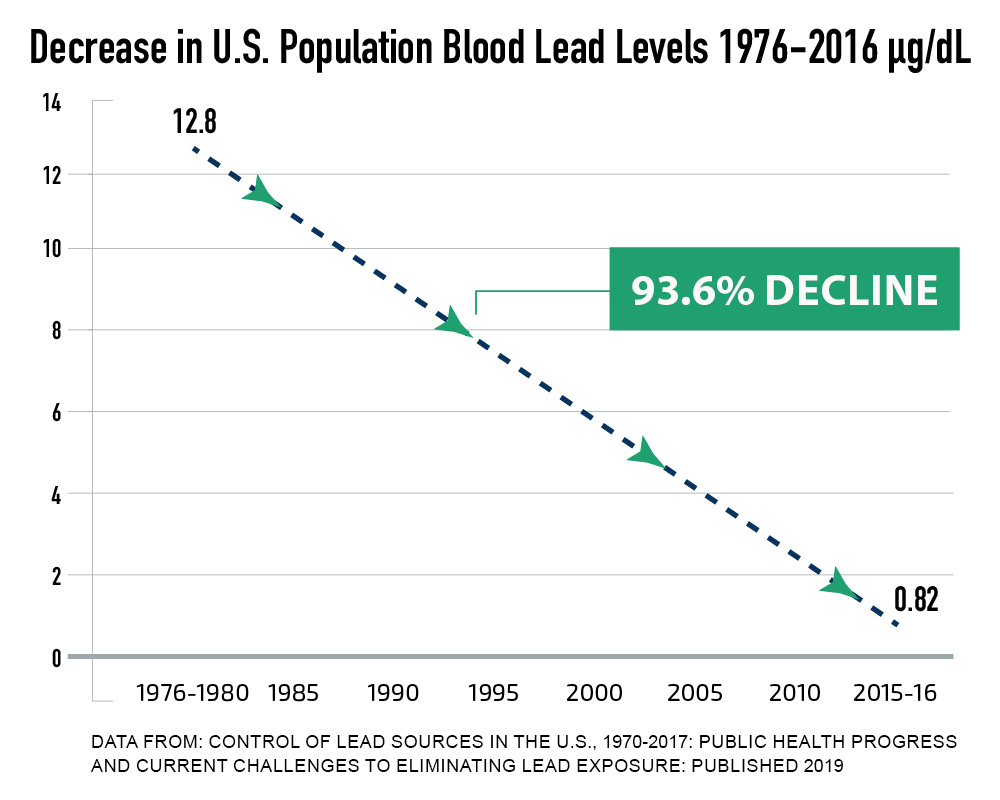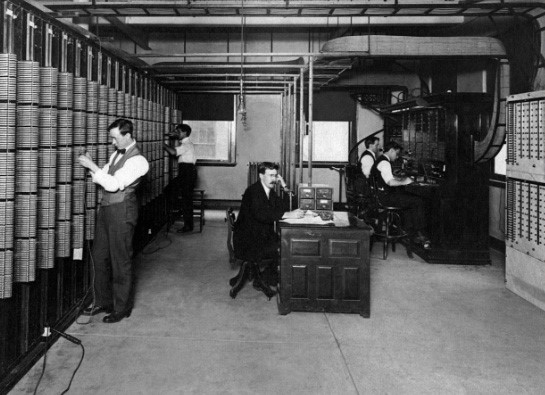Federal, State & Industry Testing Results

U.S. Environmental Protection Agency (EPA) Testing
In the fall of 2023, the EPA released the results of its own soil lead testing near aerial telecom cables in locations mentioned in the Wall Street Journal article: West Orange, New Jersey; Coal Center, Pennsylvania; California, Pennsylvania; and several locations in Louisiana.
West Orange, New Jersey:
In its review of the testing results, the EPA concluded its “scientific review of the data and current conditions in the area indicate that there are no immediate threats to the health of people nearby.”
Verizon also conducted lead testing of aerial cable at the West Orange, New Jersey location with results consistent with the EPA’s findings.
Coal Center, Pennsylvania:
In its review of the testing results for Coal Center and neighboring California, Pennsylvania, the EPA concluded its “…scientific review of the data and current conditions in the area indicate that there are no threats to the health of people nearby that would warrant an immediate EPA response action.”
Verizon’s aerial cable lead testing of the Coal Center, Pennsylvania location were consistent with the EPA’s findings.
St. Martin, Iberia, St. Mary, Ascension, Assumption, St. Charles, and Orleans Parishes, Louisiana:
In its review of the testing results at these locations in Louisiana, the EPA – in coordination with the Louisiana Department of Environmental Quality – concluded that its “scientific review of the data and current conditions in the area indicates that there are no immediate threats requiring prompt action to protect the health of people nearby.”
EPA’s scientific review of the data and current conditions in the area indicate that there are no immediate threats to the health of people nearby.
United States Environmental Protection Agency,
September 2023 Report, West Orange, NJ

New York State Testing
On August 1, 2023, New York Governor Kathy Hochul issued a press release announcing the results of soil sampling near a playground in Wappingers Falls, New York identified in the initial Wall Street Journal article.
Wappingers Falls, New York:
The New York Departments of Public Service, Health, and Environmental Conservation conducted the soil testing in which samples were tested at a state facility using an EPA-approved methodology.
Based on the state’s testing, Governor Hochul said, “…soil analysis shows lead levels meet state and federal safety standards for children’s play areas.” She also said, “The State’s scientific analysis found no evidence of elevated or widespread lead contamination in the area sampled.”
Following the release of the EPA’s updated lead soil guidance in January 2024, the New York State Department of Health stated, “This guidance, applied to Temple Park, indicates that the sampling results do not represent an immediate health threat…”
Verizon released information about its aerial cable lead soil testing results of the Wappingers Falls location that are consistent with the New York State Department of Health’s conclusion.
Additional Locations Identified by the Wall Street Journal
Lake Tahoe, California:
In late July 2023, AT&T reported on results of the underwater cables in Lake Tahoe and found that these cables do not pose a public health concern and that levels of lead near the cables are consistent with normal background levels of lead in the lake. This reaffirmed the findings of the tests conducted in 2021.
Detroit, Michigan:
In July 2023, AT&T also reported on results of lead testing of aerial cables in the Detroit area. The results showed there was no meaningful difference in measured lead levels between the soil directly below the cables and background levels in the same area (e.g., across the street where no cables exist). The lead levels in soil below the cables are less than the average household soil lead levels in the Midwest as reported by the U.S. Department of Housing and Urban Development and are less than the EPA’s screening level for lead in residential soil.
Our Commitment to You: Prioritizing Community & Worker Safety

- The U.S. telecom industry prioritizes the health and safety of its communities, neighbors, and workers. Safe work practices within the telecommunications industry have proven effective in reducing potential lead exposure to workers.
- It is a highly regulated industry, subject to local, state, and federal environmental and health and safety laws and regulations. The industry prioritizes worker safety through policies and procedures based on applicable laws and regulations.
- As a part of those efforts, our member companies also provide training, personal protective equipment or other equipment, and a means to report safety-related incidents and concerns to internal compliance teams to support the safety of our workers.
- Each company manages its own worker health, safety, and industrial hygiene program and several telecom companies provide voluntary lead testing to employees.
- Risks associated with lead-sheathed telecom cables are limited by the nature of the material, their location, coatings on them, conduits surrounding them, and other factors.
- Many considerations go into determining whether lead-sheathed telecom cables should be removed or should be left in place, including those regarding the safety of workers who must handle the cables, potential impacts on the environment, the age and composition of the cables, their geographic location, and customer, business, and infrastructure needs.
- Historically, regulators have focused on the largest sources of lead in the environment, including from historic leaded gasoline and lead paint, and lead water pipes. These efforts have been highly effective, bringing national population lead levels in human blood samples down nearly 95% from the levels in the 1970s across all age groups, according to the Centers for Disease Control and Prevention (CDC).
A History of Telecom &
Our Investments in U.S. Connectivity and Safety


The use of lead alloys in telecom cables started in the 1880s as a way to sheath and protect copper wires from exposure to the elements because lead is very stable and does not rust. Lead was considered a state-of-the-art material and strong enough to guard the interior copper wires providing the critical communications infrastructure the public relied on – so strong that some of these telecom cables remain in use to this day.
The U.S. telecommunications industry began to phase out placement of new lead-sheathed telecom cables in the 1950s, after developing a new type of sheathing. Our industry continues to invest in upgrading the telecom network, including by installing fiber optic cables.
Some lead-sheathed telecom cables still provide customer voice and data services, including connecting 911 service, fire alarms, and other central monitoring stations. As with many other types of infrastructure, such as rail lines and pipelines, in some situations, telecom cables are appropriately left in place when no longer in current use and may stand by to be used if and when needed.
Innovating for Communities
The U.S. telecommunications industry puts our core commitment to our customers, our communities, our employees, and our nation’s needs for connectivity first. For more than 100 years, our industry has connected people, businesses, communities, and first responders, while supporting our nation’s economy and critical infrastructure needs.
Our industry has focused enormous time and resources over decades innovating to develop and deploy new technologies that allow us to better serve and support the people and communities we operate in every day.
Our efforts prioritize the health and safety of our workers and focus on our shared commitment to deploying high-speed broadband to connect all communities across the country.
Through the broadband industry’s generational investments totaling nearly $2.1 trillion over the past 25 years, we are closer than ever to achieving universal coverage so all communities can reap the benefits and the opportunities of connection. In 2021, broadband providers invested $102.4 billion into the world-class networks and connectivity infrastructure enabling 92% of Americans to have high-speed internet to access health care, education, ecommerce, job training and more, no matter where they live.
These investments by U.S. broadband providers expand access, deliver competitive services, and improve connectivity that empowers communities every day.

